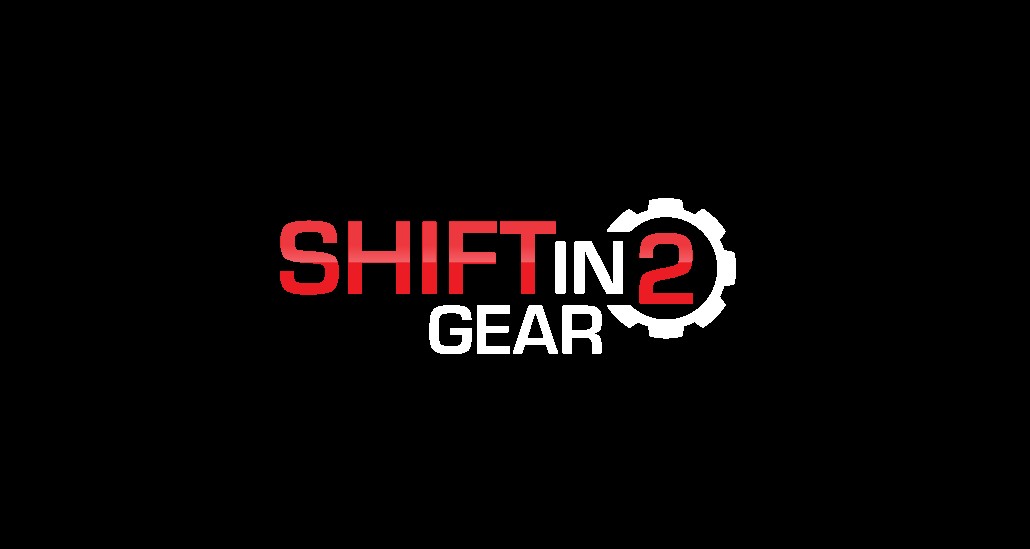A lot happens with the turn of the key in a vehicle. You can say it is the same as a human opens their eyes for the first time as they wake up from sleeping. A human usually does not wake up running out the door into society without going through some steps first. Like us humans, vehicles are very similar even though the process for vehicles is a lot faster. The turn of the key in a vehicle is very important. The most common mistake folks make, is get in the vehicle and immediately turn the key and with out hesitation start the vehicle. However there are some steps we can do to prolong the life of our vehicles & parts. It is a proven fact that the cold start of a vehicle is when the most wear happens in an engine and its components. A study has proven that by doing 2 simple steps prior to the turn of the key will help reduce wear.
1. Before even inserting the key, make sure all major A/C settings are on the off position.(if you have a digital display similar to a Toyota Prius, this process would have to be conducted prior to turning off the vehicle) What this causes is the A/C compressor not to turn on with the rest of the vital components of the vehicle, Alternator, Water Pump, Power Steering Pump etc. This initially saves the car extra power on the first motor rotation that is necessary to start the vehicle. Causing less strain.
2. When you insert the key in the ignition you want to turn the key to the position right before you turn to start the engine. You want to wait 7 seconds before you actually turn the car on. The action this causes is called "Priming". One of the first things that turns on in any vehicle is the fuel delivery system (Fuel Pump in most cases) The pump will run until a desired pressure of fuel is present. When this pressure is achieved the pump will turn off and the pressure will hold for roughly 30 seconds before the return valve in the system disengages and releases the fuel and the fuel travels back into the gas tank. After the 7 second wait and before the 30 sec mark you can start the vehicle minimizing what we call a "Lean Start"
By Doing these two simple processes you can save some cash and future headaches!
